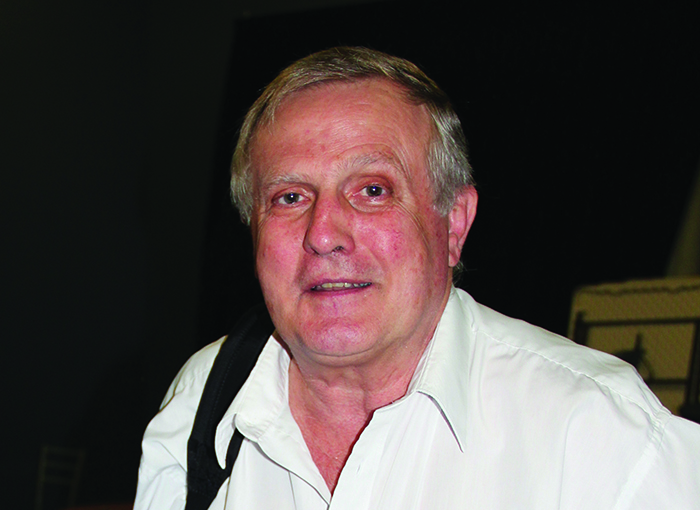After delivering one too many babies to heroin-addicted mothers, obstetrician George O’Neil turned instead to treating the women themselves using a controversial drug called Naltrexone. Now, his powerful addiction treatment program is having promising results in the fight against WA’s Ice scourge.
Dr George O'Neil is not your average doctor. His controversial approach to drug addiction has been applauded and criticised in almost equal measure. But he has few opponents among the hundreds of addicts – and their families – whose lives he has quite literally turned around; patients treat him with an almost evangelical level of gratitude. But some medical colleagues argue that Naltrexone is not yet a recognised treatment for amphetamine addiction.
His clinic's use of sustained-release Naltrexone implants, which involves a 30-minute procedure, has become established over the past 15 years in the treatment of heroin addicts around the world. The treatment works by blocking cravings and reducing enjoyment when drugs are used. Unlike heroin, amphetamine craving is 'cue induced' – driven by other users' behaviour – and Dr O'Neil's successful Fresh Start treatment program leverages this factor.
"The Fresh Start program entails moving the addict out of the environment where he uses with other addicts, and into a safer place away from those cues, such as the family home," he says. "If the addict's family is exhausted or not available, then moving him to a rehab setting where all the other patients are committed to recovery will also facilitate the reduction of cues."

In small doses, Ice users experience feelings of euphoria, excitement and wellbeing, together with increased confidence and motivation. They are also prone to nervousness, anxiety, agitation, panic and the repetition of simple acts, as well as increased libido. Very high doses can produce blurred vision, tremors, irregular breathing, loss of consciousness, collapse, hallucinations, seizures, and even stroke and coma.
"Small doses may progress into a binge, where the doses increase daily until the patient eventually reaches a stage of heightened agitation or, alternatively, psychosis with hallucinations and paranoia," he says.
"This is followed by the 'coming down' phase, with feelings of restlessness, irritability and aggression that may lead to violence."
Successful drug treatments usually follow many failed attempts by the addict to address the problem, often over a period of five to ten years and more.
Severe addicts require a higher dose of Naltrexone and more intensive counselling and rehabilitation. Those leaving rehab also usually need a higher dose and ongoing counselling.
"Many patients recover with an implant, counselling and support from their families," he says. "As recovery progresses and stability returns, the need for Naltrexone implants decreases from three monthly treatments to six or twelve months, depending on the severity of the addiction."
Dr O'Neil says there is a need for a full evaluation of his treatment to determine which component is most important and why.
"It's a combination of reduction in cues, good counselling and good support, as well as the Naltrexone effects that allow our patients to stop their regular use of amphetamines.
"Nearly all patients are able to stop injecting amphetamines for a period of time, and this has previously been impossible for them."
Aside from the treatments themselves, the program is "contributing to improving validation of medicines in the field." It has also reduced hospital-based costs by 50 per cent among patients with alcohol addiction, he says.
State Government-funded to the tune of $3 million annually, the program also receives donations of close to $1 million a year. But that's less than half the $8 to $10 million it needs to run the program. Dr O'Neil says he hopes the Federal Government will pitch in so that clinical trials can be conducted to demonstrate the treatment's value, and monitor outcomes, so that addicts across Australia and the world can be helped.
The rapid uptake of Ice in WA is no surprise to the doctor, who believes the widespread use of nicotine, marijuana and alcohol in the WA community has predisposed young people to the epidemic. But despite the statewide scourge, he says the various elements of the Fresh Start Program bring hope. "What we are certain of is the fact that they work together to allow a very large number of patients complete recovery from their amphetamine addiction."